We like to think humans are resilient, but the truth is our survival sweet spot is narrow: breathable air, moderate climates, and access to food and water. Step outside those limits and our bodies shut down fast. Yet across the planet, other species are not just enduring the impossible—they’re thriving in places that would kill us in minutes. From toxic lakes and crushing ocean depths to radioactive wastelands, life finds a way where we can’t even stand.
1. Antarctic Icefish
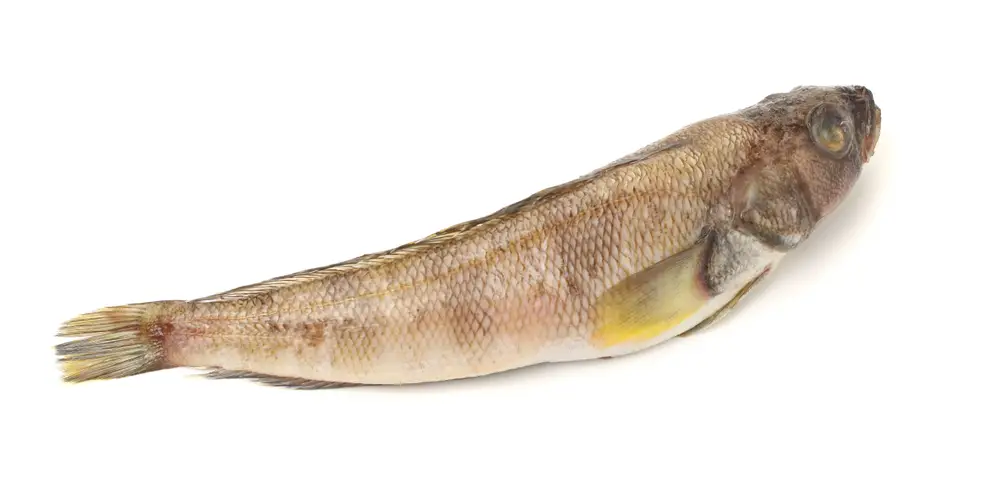
Antarctic icefish are remarkable creatures whose survival story reads like a science fiction novel. These fish, found in the frigid waters of the Southern Ocean, have unique antifreeze proteins in their blood that prevent them from freezing in sub-zero waters. According to a study published in Nature, this adaptation is a fascinating example of evolutionary ingenuity. Their translucent bodies and lack of hemoglobin give them a ghostly appearance, a fitting look for life amidst the icy depths. Despite the harsh environment, the icefish remind us of nature’s knack for thriving under pressure.
One of the most intriguing aspects of the icefish is its clear blood, a rarity in the animal kingdom. This strange adaptation is due to the absence of red blood cells, which are unnecessary in the oxygen-rich waters of the Antarctic. Instead, they rely on the high solubility of oxygen in cold water to survive, making them uniquely efficient. The icefish’s perseverance in an inhospitable environment challenges our assumptions about what life needs to flourish. Their existence prompts us to reconsider the limits of life on Earth and beyond.
2. Tardigrades
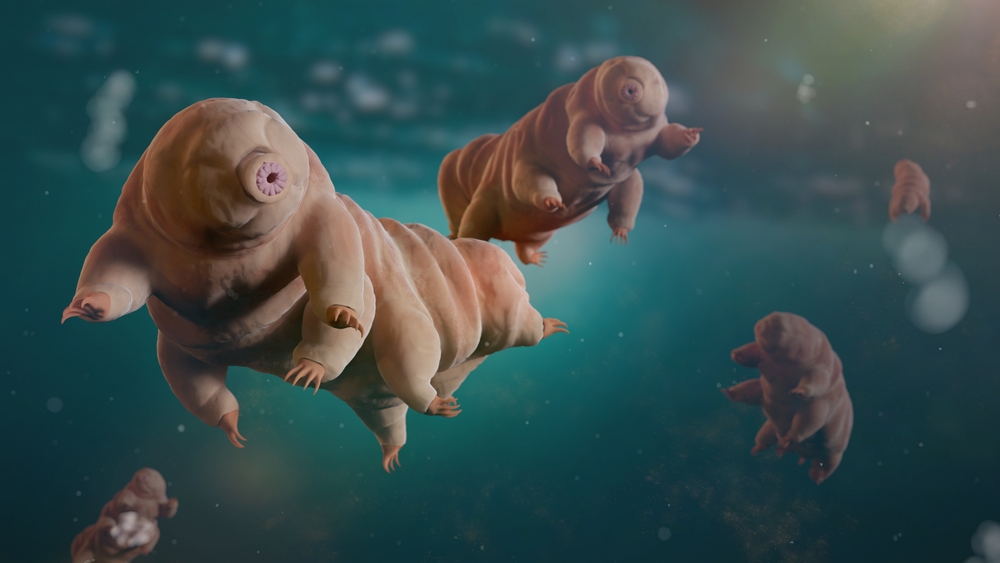
Tardigrades, also affectionately known as water bears, are microscopic superheroes of endurance. These resilient creatures can survive conditions that would be fatal to most other forms of life, including exposure to outer space. Tardigrades are found in a variety of environments, from the deepest oceans to the highest mountains, showing an adaptability that defies comprehension. They can endure extreme temperatures, high radiation, and even the vacuum of space by entering a state known as cryptobiosis. In this state, they lose almost all their water content and curl into a tun, waiting for conditions to improve.
When conditions become favorable again, tardigrades rehydrate and return to their active state, as if nothing had happened. This ability makes them a subject of fascination for scientists studying resilience and survival. Tardigrades have also become a symbol of hope for discovering life beyond Earth, as their survival abilities suggest life might endure in unexpected places. Despite their microscopic size, tardigrades remind us of the strength that can lie within the smallest of creatures. They are a testament to the extraordinary possibilities within the natural world.
3. Pompeii Worms
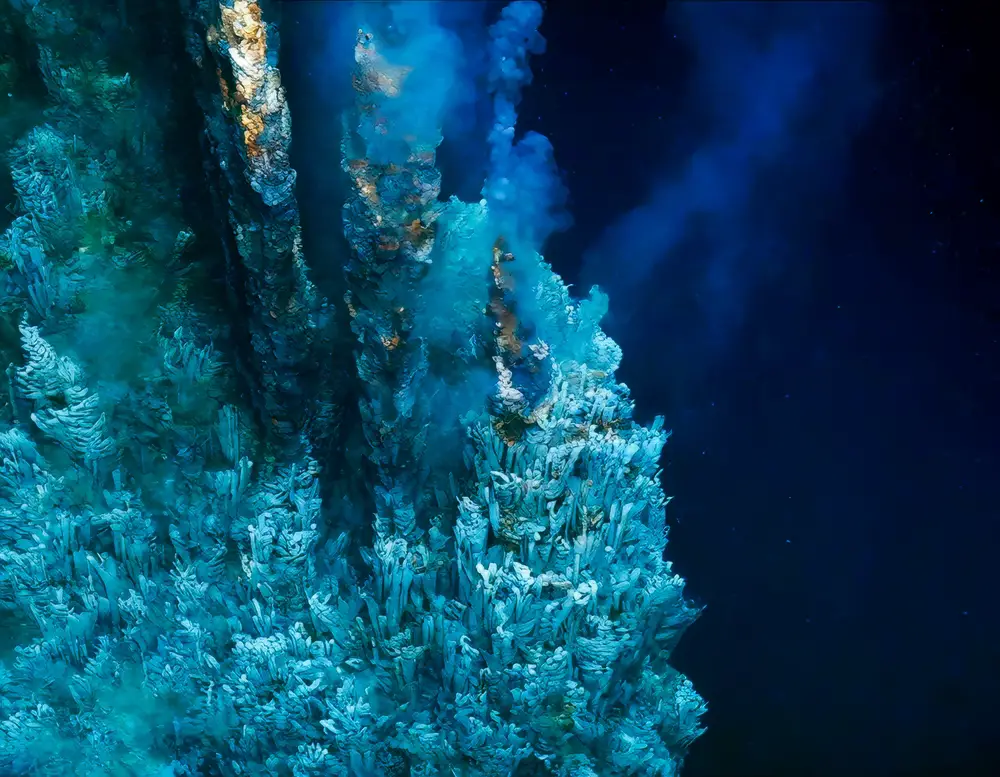
Pompeii worms reside in one of the most extreme environments on Earth: deep-sea hydrothermal vents. These remarkable creatures thrive where temperatures fluctuate dramatically, from the near-freezing ocean floor to the boiling waters of the vents themselves. The worms, which can be found at depths of over 2,500 meters, have developed a unique relationship with heat-tolerant bacteria. According to research from the Journal of Experimental Biology, these bacteria form a protective fleece on their backs, insulating them from the sizzling temperatures. This symbiotic relationship is a stunning example of cooperation in nature’s most demanding settings.
Living in such an extreme habitat requires more than just heat resistance—Pompeii worms also need to endure the crushing pressure of the deep ocean. Their tube-shaped bodies are equipped to handle the immense pressure and low light conditions of their environment. The worms feed on the bacteria that coat their bodies, completing a symbiotic circle where both organisms benefit. This intricate balance showcases the adaptability and resourcefulness of life in conditions that push the boundaries of what we consider habitable. Pompeii worms remind us that even in the most alien of worlds, life finds a way.
4. Brine Shrimp
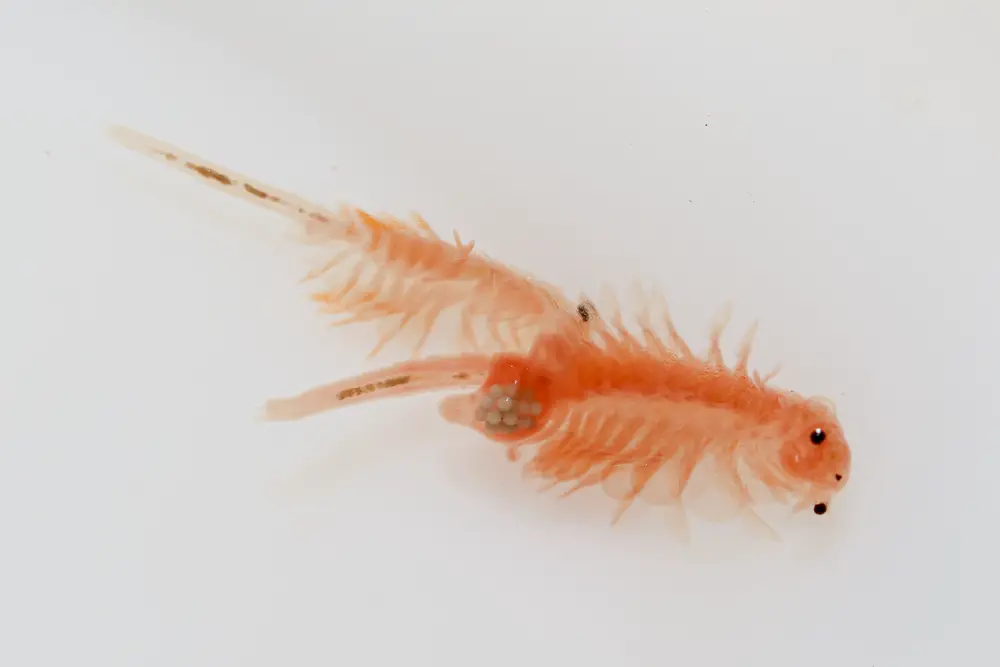
Brine shrimp, often known as sea monkeys, are tiny crustaceans with a knack for surviving in some of the saltiest waters on Earth. These adaptable creatures are found in hypersaline lakes and salt flats, where few other organisms can endure. One of their most impressive survival strategies is their ability to produce cysts—tiny, desiccated forms that can remain dormant for years. These cysts can withstand extreme salinity, temperature fluctuations, and even a lack of oxygen, waiting patiently for suitable conditions to return. When the environment stabilizes, the cysts hatch into active shrimp, ready to begin their life cycle anew.
The resilience of brine shrimp makes them valuable not only in ecological studies but also in commercial applications, such as aquaculture and home aquariums. Their ability to persist in inhospitable conditions has made them a symbol of tenacity and survival. Despite their small size, brine shrimp have a significant impact on their ecosystems, providing a crucial food source for birds and other wildlife. Their presence in extreme environments showcases life’s ability to adapt and thrive in the face of adversity. Brine shrimp remind us that life can flourish even in the most unlikely places.
5. Emperor Penguins
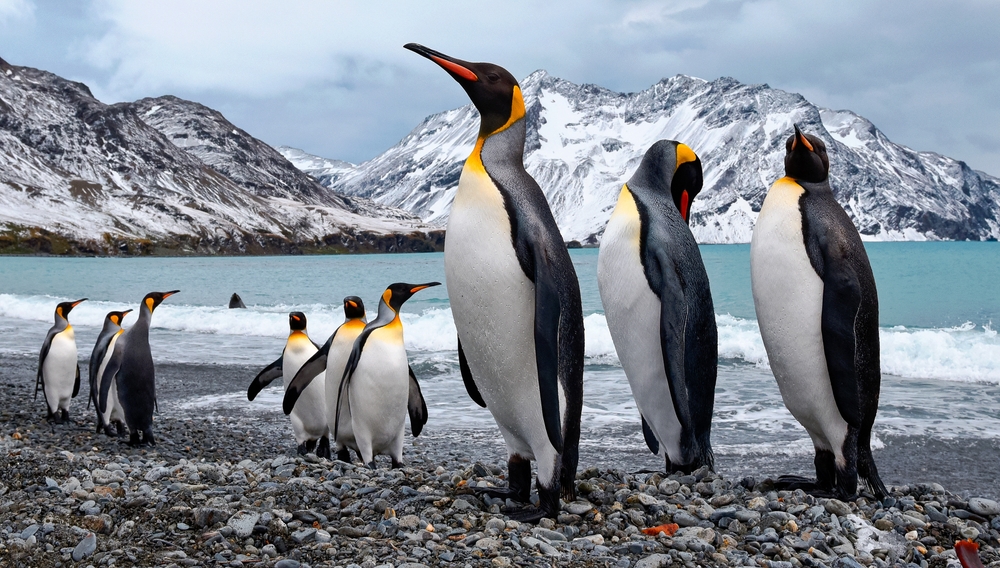
Emperor penguins are the epitome of endurance, braving the brutal Antarctic winter with grace and determination. These iconic birds are the only penguin species that breed during the harshest season on the planet. National Geographic highlights how they huddle together in large groups to conserve heat, a behavior crucial for their survival in temperatures that can plummet to -60 degrees Celsius. Emperor penguins rely on a thick layer of blubber and tightly packed feathers to insulate themselves against the cold. Their extraordinary ability to endure such conditions makes them a symbol of resilience in the natural world.
Breeding on the ice is no easy feat, and emperor penguins have developed strategies to ensure their chicks’ survival. After the female lays an egg, she transfers it to the male, who balances it on his feet under a brood pouch to keep it warm. The females then embark on a long journey to the sea to feed, leaving the males to withstand the extreme conditions. This cooperative effort explains why emperor penguins are such remarkable parents, showcasing loyalty and teamwork in the harshest environment. Their story is one of perseverance and adaptation, as they continue to thrive where few others can.
6. Tube Worms
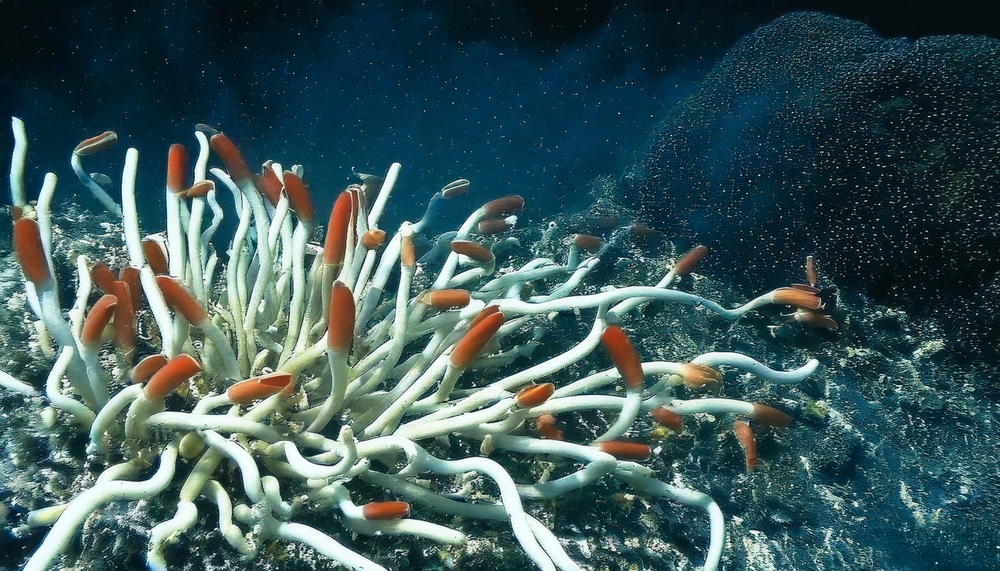
Tube worms are some of the most extraordinary residents of deep-sea hydrothermal vents. These striking creatures can grow up to two meters long, with vibrant red plumes that capture the attention of anyone lucky enough to witness them. Unlike most animals, tube worms have no digestive system; instead, they rely on a symbiotic relationship with bacteria that live inside their bodies. These bacteria convert the chemicals from the vent water into nutrients, providing the worms with the sustenance they need to survive. This unique adaptation allows tube worms to thrive in an environment devoid of sunlight and rich in toxic chemicals.
Living around hydrothermal vents presents many challenges, from intense pressure to extreme heat and chemical exposure. Tube worms have evolved to handle these conditions, their bodies specially adapted to withstand the unique challenges of their habitat. Their presence at hydrothermal vents also supports a diverse community of life, creating a bustling ecosystem in an otherwise barren landscape. This ability to foster life in such a hostile environment highlights the interconnectedness of life on Earth. Tube worms are a testament to nature’s creativity and resilience, thriving in a world seemingly untouchable by human presence.
7. Archaea
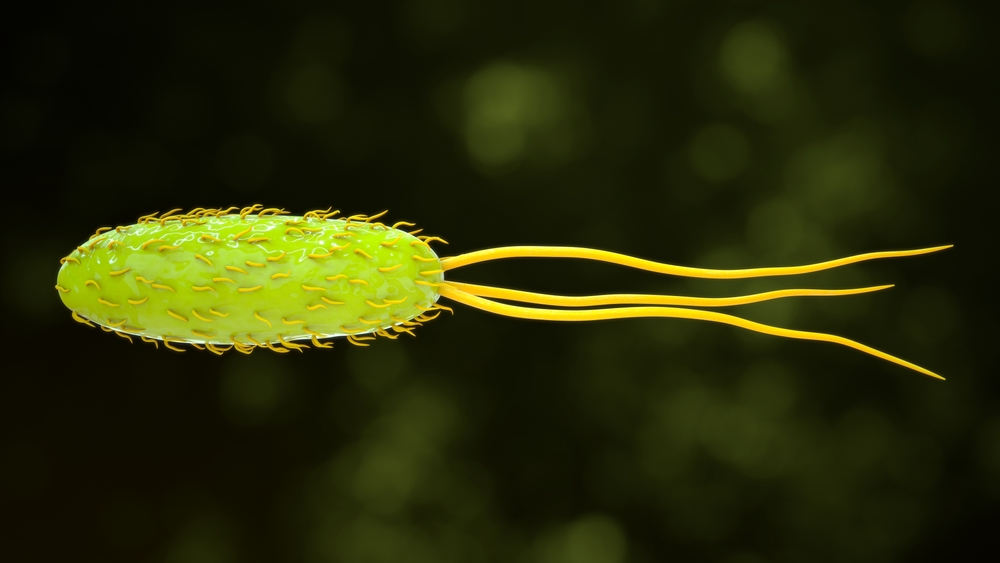
Archaea are a group of microorganisms known for their ability to thrive in extreme environments, such as hot springs, salt lakes, and hydrothermal vents. These ancient life forms are often found in places with high acidity, salinity, or temperature, conditions that would destroy most other living things. According to Smithsonian Magazine, the unique biochemistry of archaea allows them to survive in such extreme conditions, making them a subject of intense scientific study. Their cell membranes and enzymes have special adaptations that protect them from the harsh environments they inhabit. This resilience has led scientists to explore their potential in biotechnology and medicine.
These microorganisms play a crucial role in Earth’s ecosystems, contributing to processes like nutrient cycling and methane production. Archaea’s adaptability is a reminder of life’s incredible diversity and the myriad ways organisms can evolve to overcome challenges. Their study can provide insights into the potential for life on other planets, as their survival mechanisms might mirror those needed in extraterrestrial environments. Archaea continue to intrigue researchers with their ability to flourish where others cannot, offering a glimpse into the resilience of life. Their existence in extreme habitats challenges us to rethink the limits of life on our planet.
8. Wood Frogs
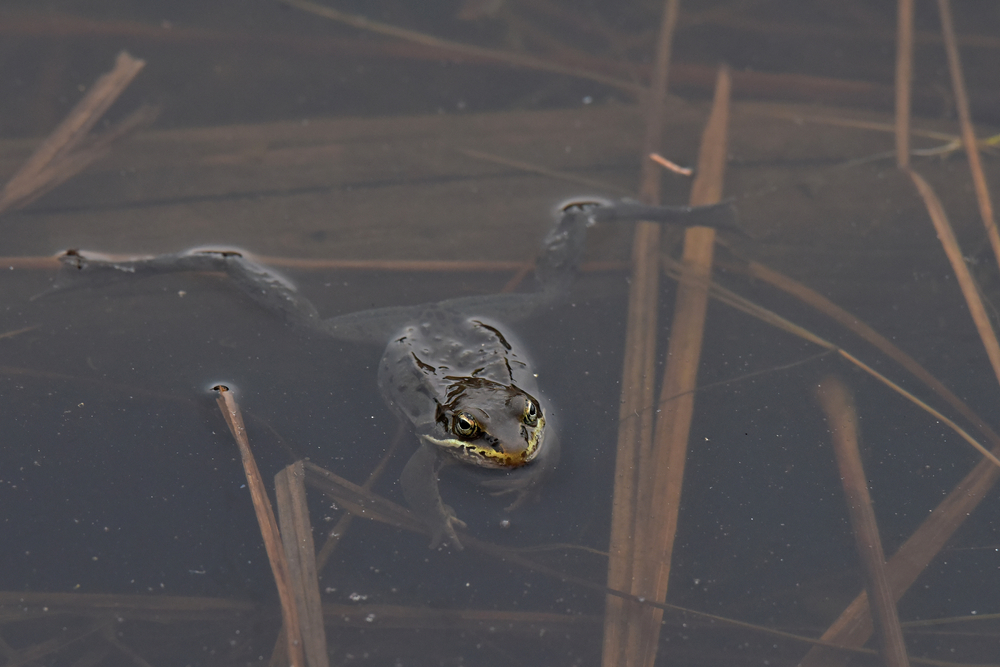
Wood frogs are fascinating amphibians that showcase an extraordinary survival strategy in the face of freezing temperatures. Found in the forests of North America, these frogs have the remarkable ability to survive being frozen solid during winter. As temperatures drop, wood frogs enter a state of suspended animation, with their heart and breathing stopping entirely. They produce a special type of antifreeze in their bodies that prevents ice crystals from forming inside their cells. This adaptation allows them to withstand sub-zero temperatures and emerge unscathed when the weather warms.
When spring arrives, wood frogs thaw out and resume their normal activities as if nothing had happened. This ability to survive freezing conditions is a rare trait in the animal kingdom and highlights the ingenuity of nature. Wood frogs are important ecological indicators, as their presence signifies a healthy environment. They play a significant role in their ecosystem, serving as both predator and prey. Wood frogs remind us that resilience can come in the most unexpected forms and that nature often holds the answers to survival in the harshest conditions.
9. Deep-Sea Anglerfish
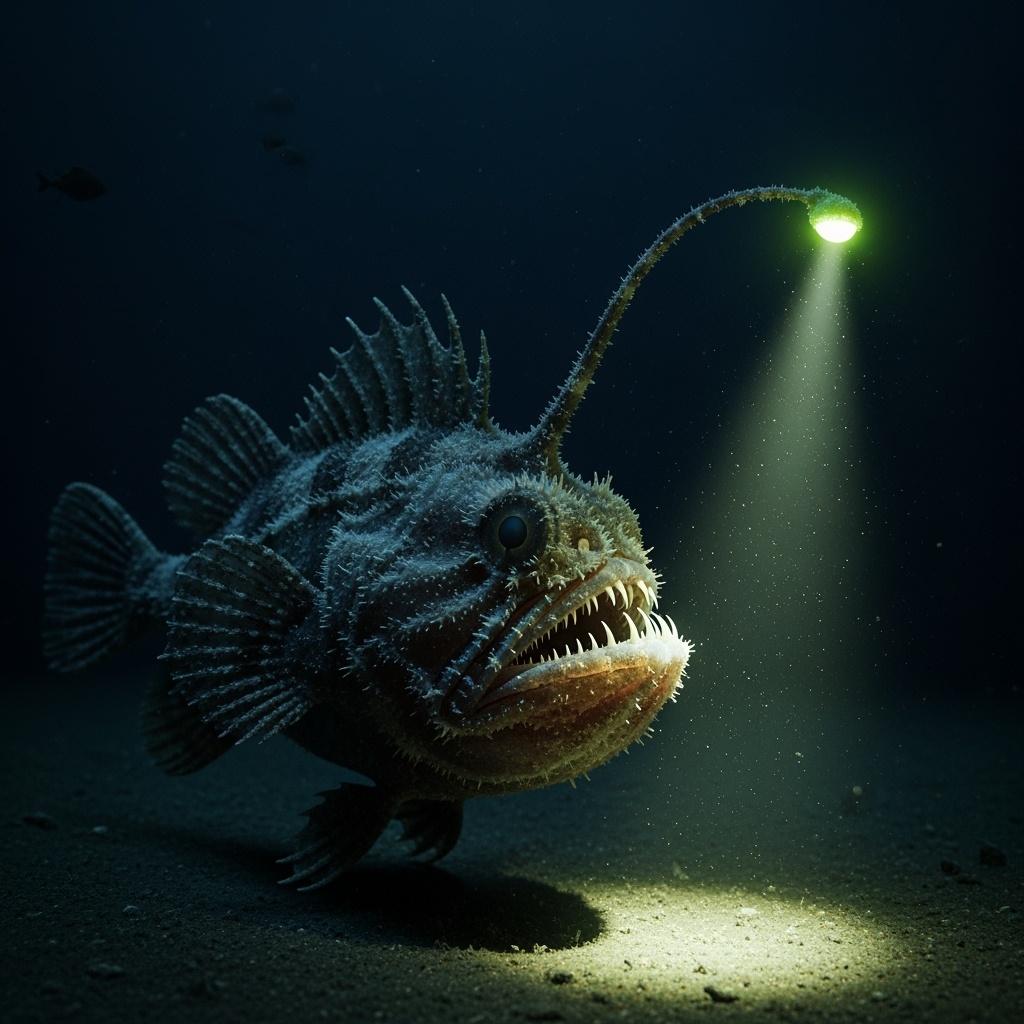
Deep-sea anglerfish are mesmerizing creatures that have adapted to life in the darkest depths of the ocean. These fish are known for their bioluminescent lure, which they use to attract unsuspecting prey in the pitch-black waters. The anglerfish’s ability to produce light is a result of a symbiotic relationship with bioluminescent bacteria. This adaptation is crucial for survival in an environment where food is scarce and light is virtually nonexistent. The deep-sea anglerfish’s eerie appearance and unique hunting strategy make it a standout species in the mysterious world of the ocean’s abyss.
In addition to their bioluminescence, anglerfish have evolved other adaptations to cope with the challenges of deep-sea life, such as specialized jaws and expandable stomachs. These features allow them to consume prey much larger than themselves, maximizing their energy intake. Anglerfish are also known for their unique reproductive strategy, where the much smaller male fuses with the female, allowing him to rely on her for sustenance. These adaptations highlight the extraordinary ways life can evolve to thrive in the most challenging environments. Anglerfish are a testament to the wonders and mysteries that lie beneath the ocean’s surface.
10. Camels

Camels are often referred to as the ships of the desert, a fitting title for these remarkable animals. Found in some of the world’s harshest environments, camels have evolved to endure extreme heat and arid conditions. One of their most notable adaptations is their ability to go for long periods without water, surviving on fat stored in their humps. Their bodies are designed to conserve water efficiently, with specialized kidneys and nostrils that minimize moisture loss. This resilience allows camels to thrive in deserts where few other animals can survive.
Camels also possess other adaptations that make them well-suited for desert life, such as their thick coats that protect them from the sun and large, padded feet for traversing sand. These features enable them to travel long distances in search of food and water, making them invaluable to the people who depend on them. Camels are more than just beasts of burden; they are symbols of endurance and adaptability in the face of harsh conditions. Their ability to thrive in seemingly inhospitable environments serves as a reminder of nature’s resourcefulness and the incredible diversity of life on our planet.
